In the Bench Project we concluded that sitting outside in urban public spaces has positive outcomes for wellbeing and inclusion, and that this was more significant for people commonly marginalized by society.
The new project is called #Refugeeswelcome in Parks: Wellbeing and Inclusion in Public Open Space. This project focuses on embedding awareness of the potential of spending time in urban public open space to improve refugee wellbeing and inclusion, with specific attention to addressing existing barriers and improving the integration of initiatives between refugee welfare and public space management.
Though the refugee experience is complex and varied, circumstances of under-employment, poor living conditions, limited social opportunities and mental health pressures are commonly reported. We suggest that parks and squares can be conceived as a resource for people at a time of foothold and new belongings; that a pleasant place to sit outside can support fluid social networks, improve local awareness, allow for an inclusive egalitarian positioning (the right to sit), and provide mentally restorative interludes.
However, there are challenges. The public realm can be a place where refugees feel uncertain about local norms, feel unwelcome, uncomfortable or are vulnerable to hate crime. Longstanding residents of a local area may react negatively to changing patterns of use of public spaces, especially when ‘hanging out’ is perceived as idle loitering, threatening, or fundamentally changing the ethos of a loved place. An increase in hostile architecture and management practice (implicitly acting against street sleeping) also impacts on destitute refugees.
#Refugeeswelcome in parks is focused on exploring relevance of previous research findings for practice and policy. We are conducting a two country, cross-sector investigation and knowledge exchange, with some broader baseline information gathering good practice and innovation stories across northern Europe. The German experience in particular is relevant due to high numbers of new refugees, and the combination of grass-root initiatives and strategic, integrated infrastructure to address wellbeing and integration. Local level scoping work with stakeholder organisations and refugees will take place in Berlin and will be contrasted with experiences in Sheffield and London.
#Refugeeswelcome in parks was initiated by Clare Rishbeth and Radhika Bynon from the origional Bench Project team, and is a collaboration between the University of Sheffield, the University of Manchester, The Young Foundation and Minor (Berlin).
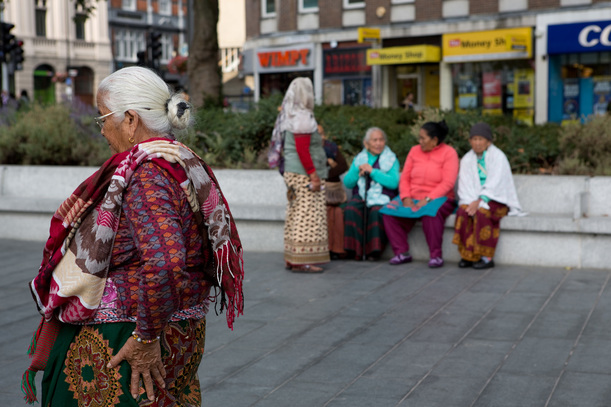

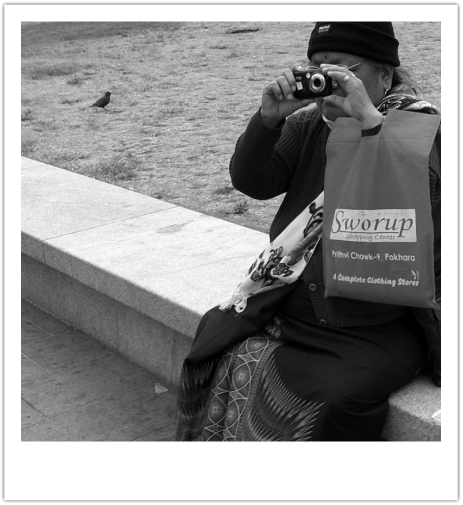
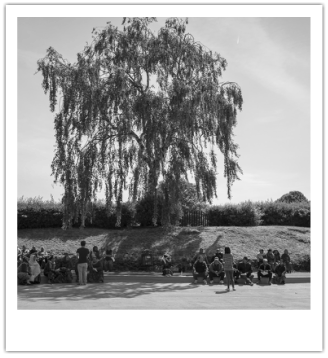
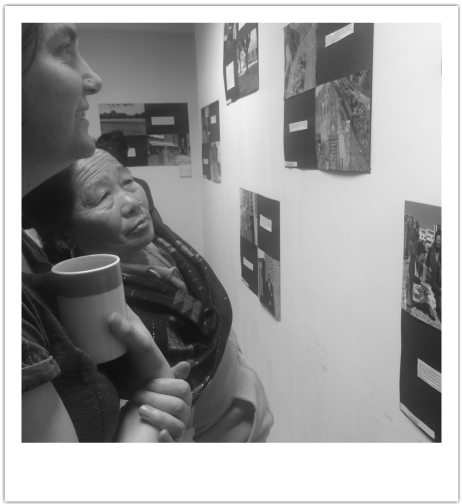
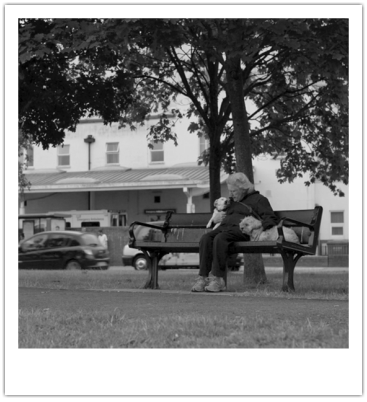
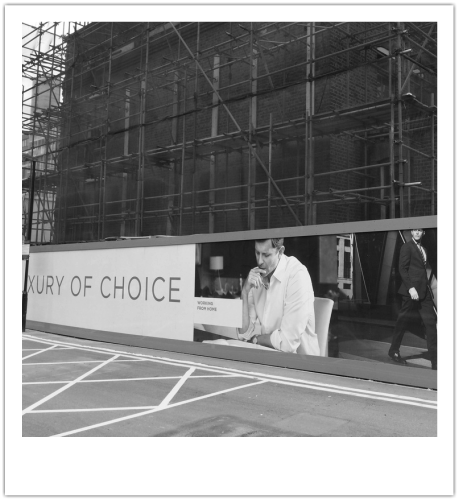
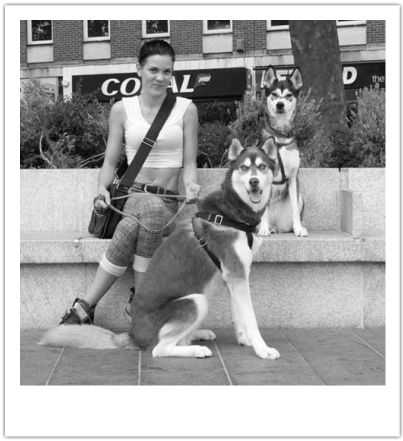
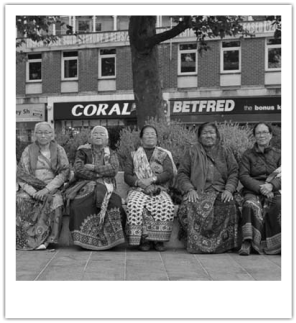
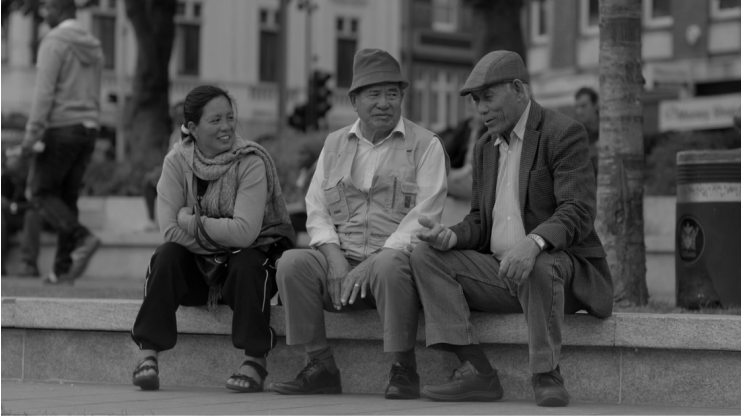
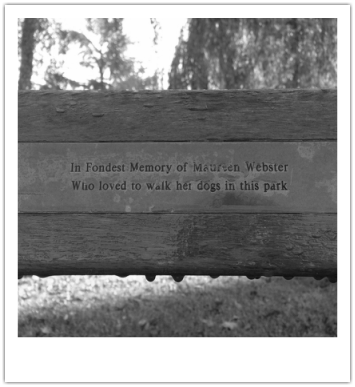
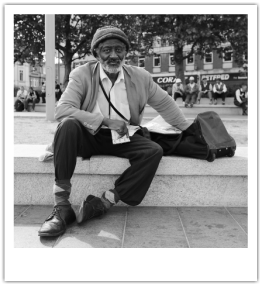
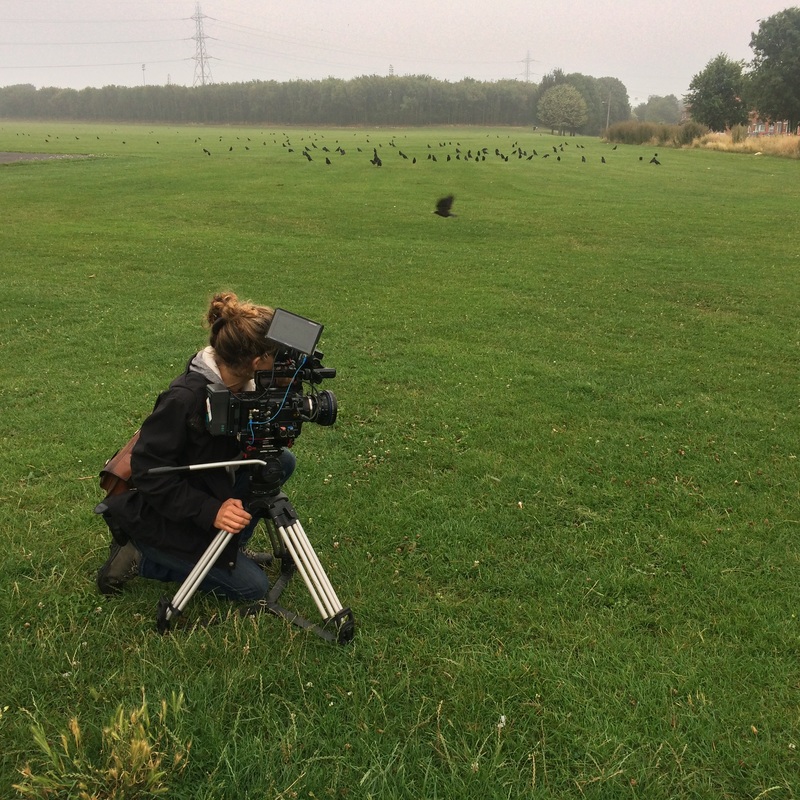
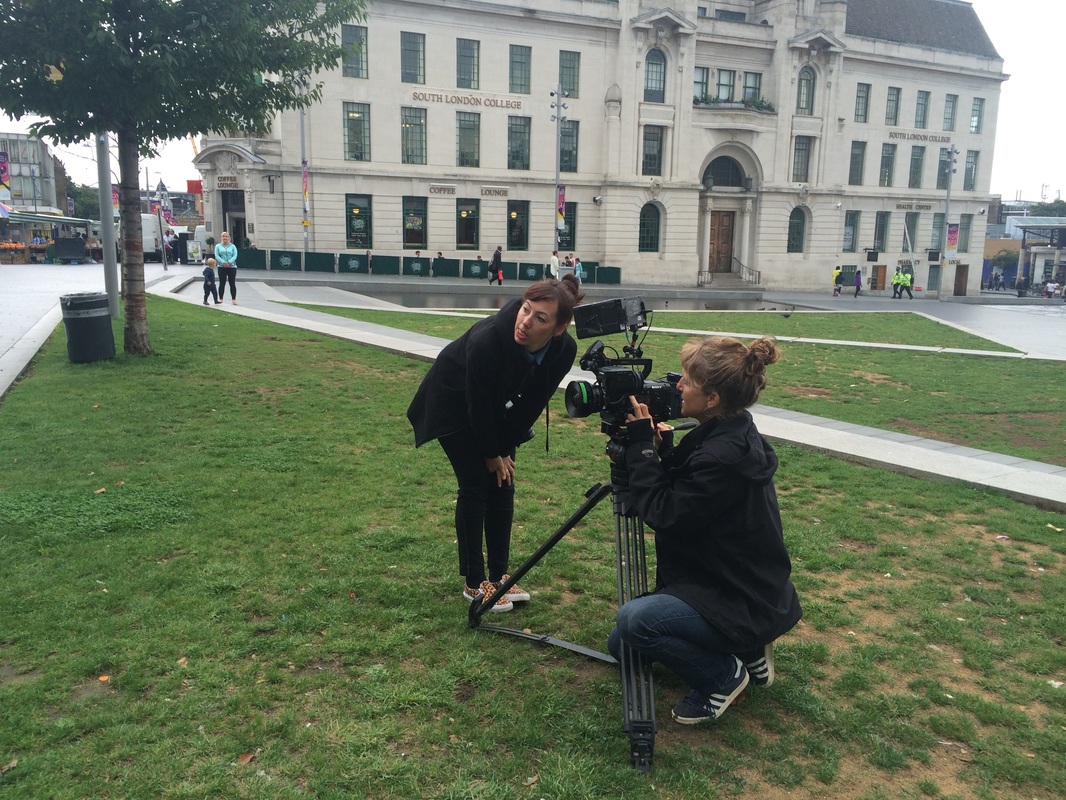
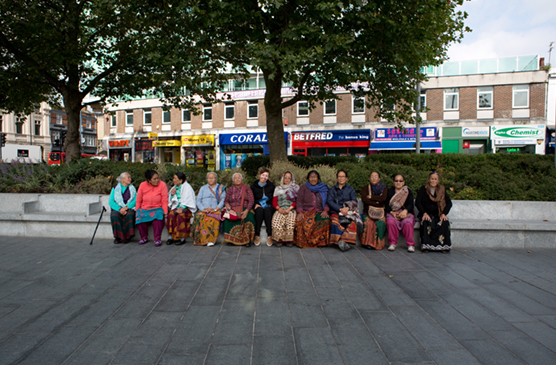
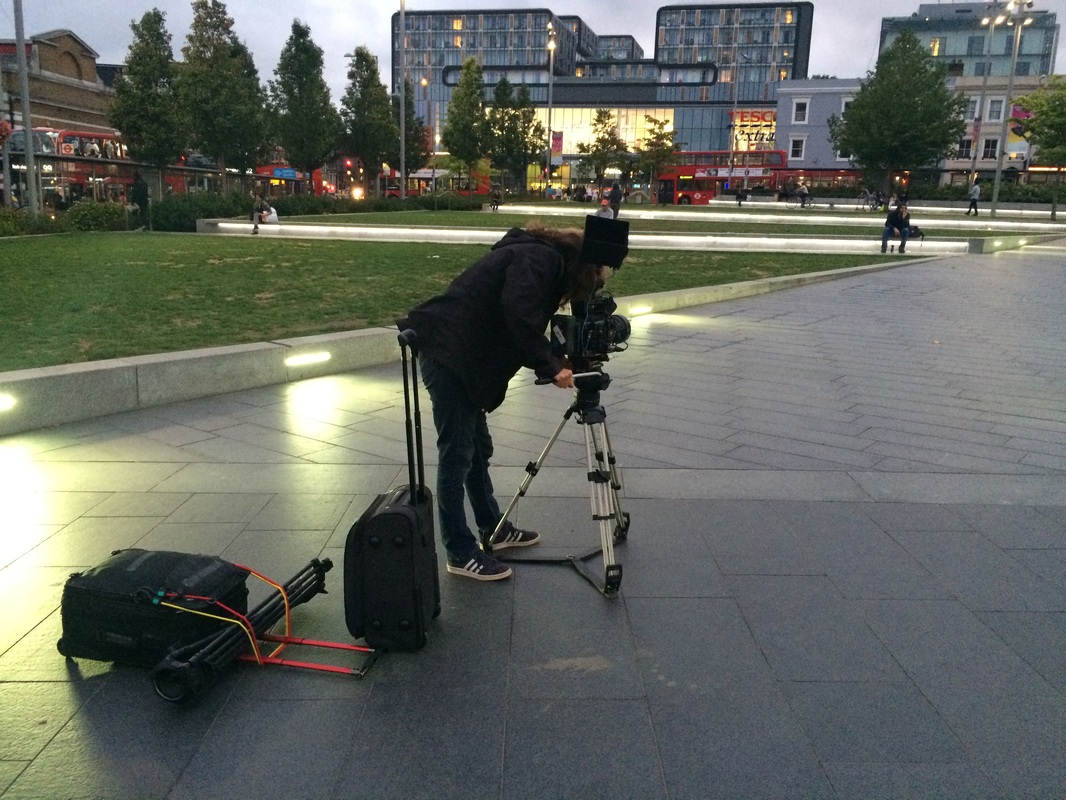
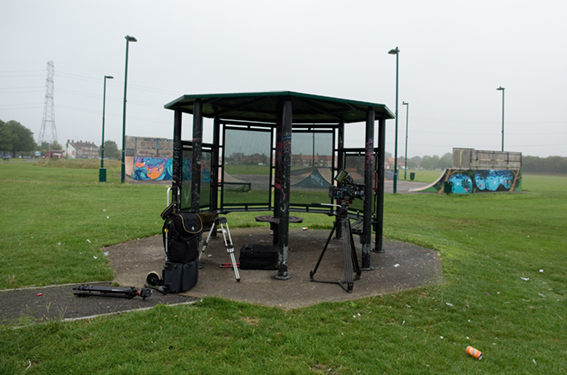
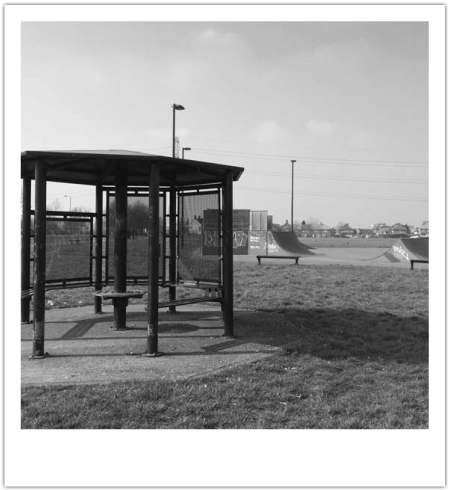
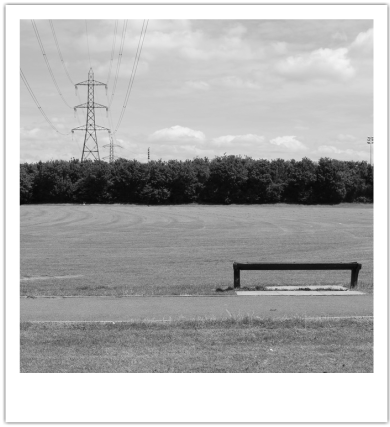
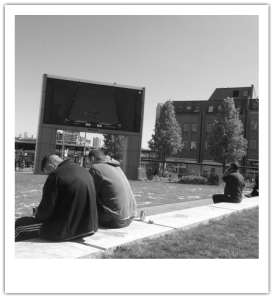
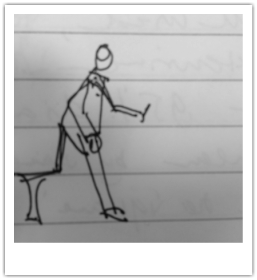
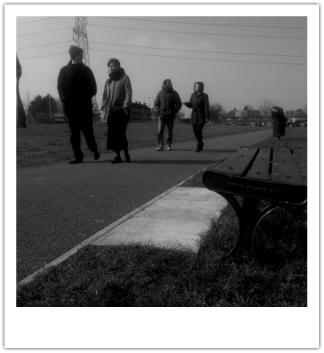
 RSS Feed
RSS Feed
